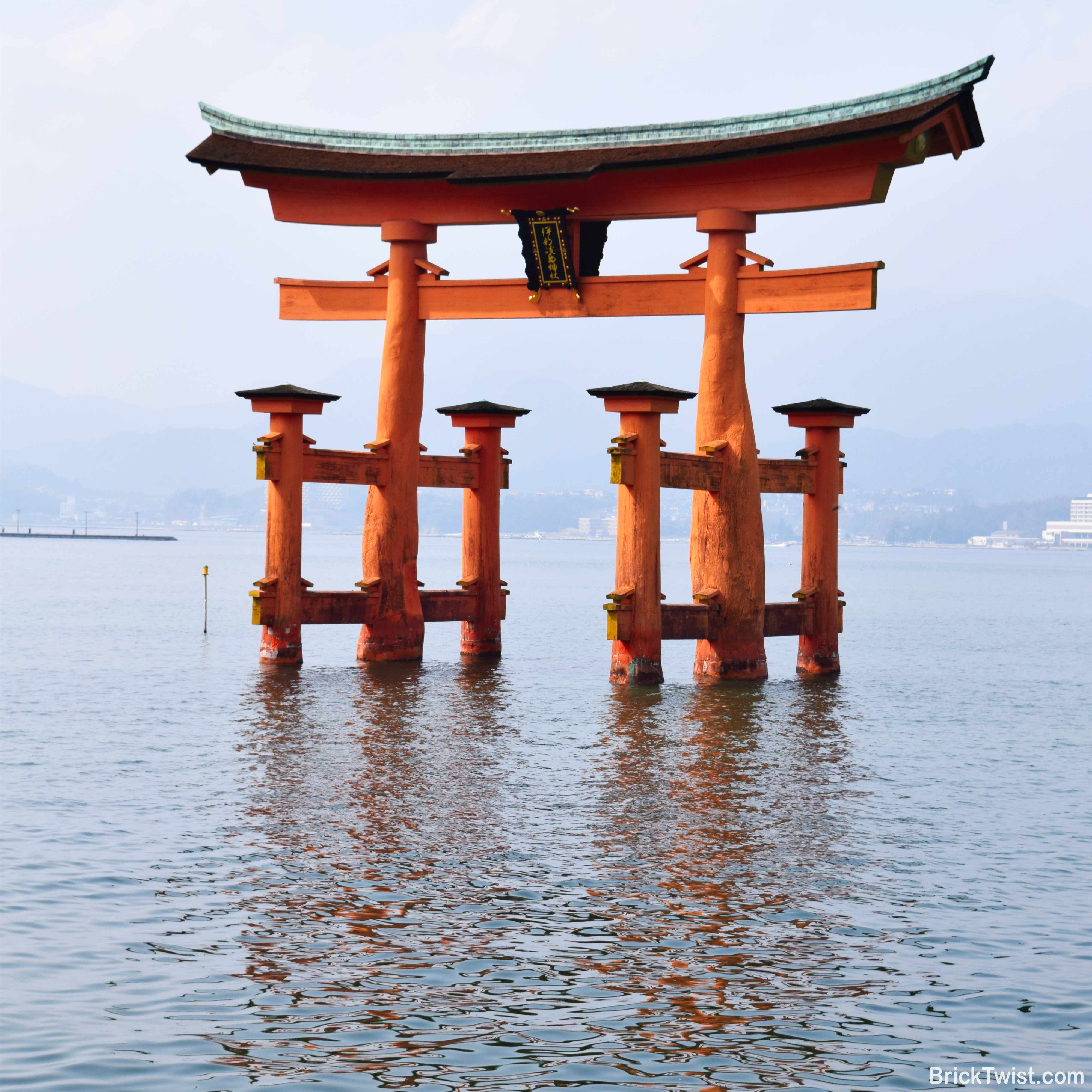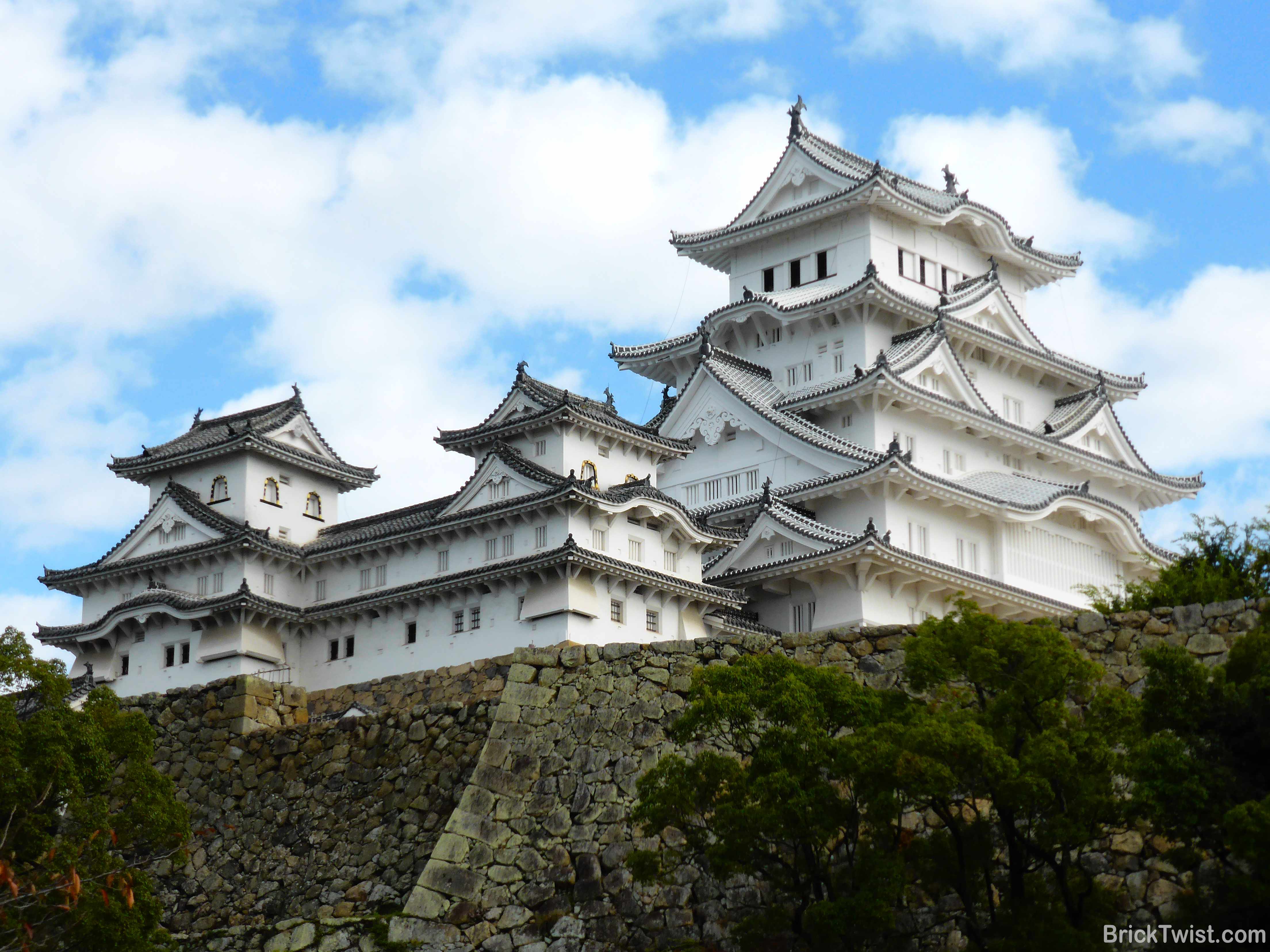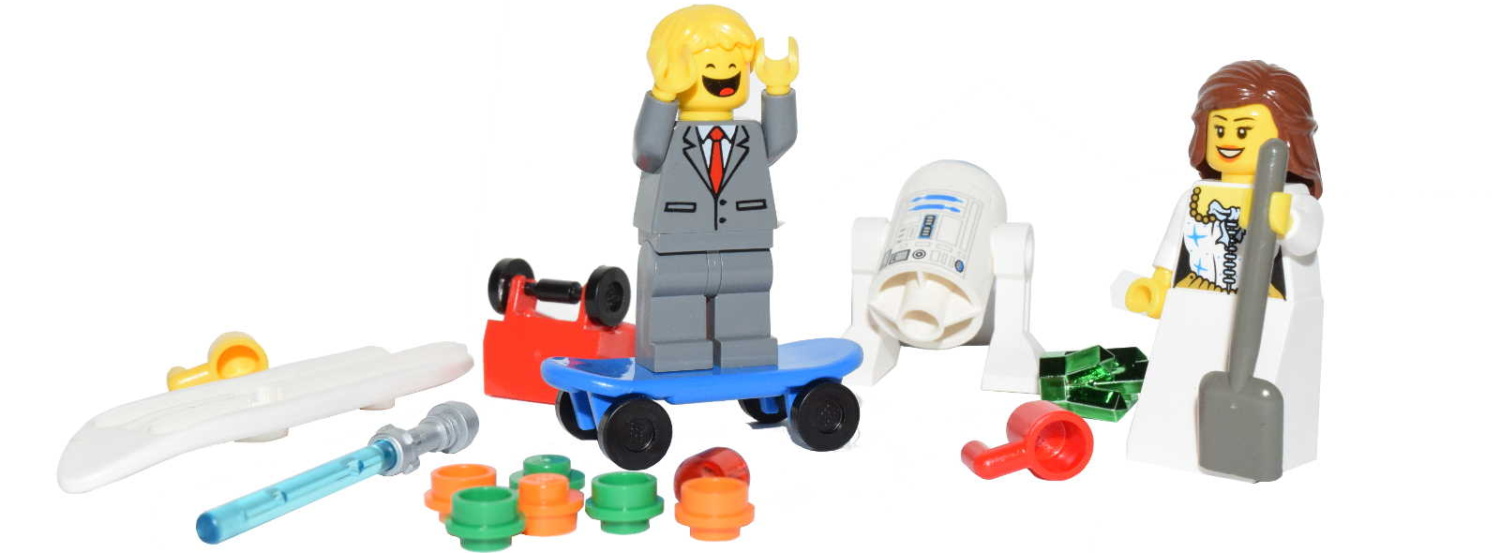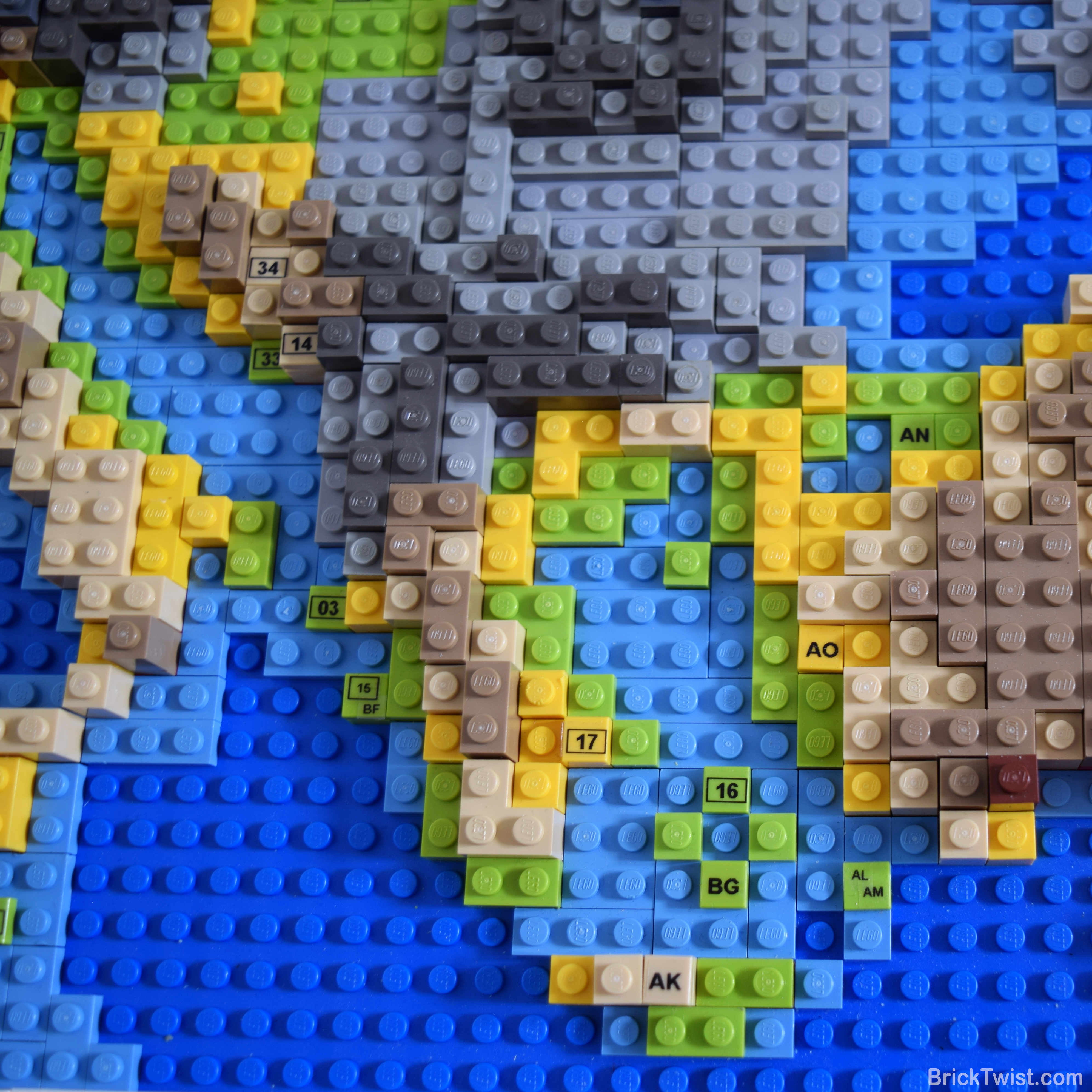Konnichiwa! November 1st 2015 is the date I kissed my fiancée goodbye and flew across the world to the coastal city of Kobe, Japan for a six month work assignment. It was here I built all the flowers for our Lego themed wedding, but also where I took the opportunity to explore, learn and embrace the culture of Japan.
I travelled the country end to end, experiencing something new every weekend. Travelling by plane, shinkansen, intercity train and on foot, I explored many of Japan’s ancient shrines, temples and castles. I gained a taste for okonomiyaki, sushi and rahman, whilst drinking my way through a lot of sake, whiskey and 80+ different Japanese beers! I fed monkeys in Arashiyama, met the deer of Nara and visited a cat cafe in Tokyo. I also completed some of Japan’s more unusual experiences by visiting Tokyo’s robot restaurant, played pachinko and climbed a mountain to relax naked within an onsen. I achieved a lot in 6 months, yet only managed to learn 14 words!











Lego Japan & Korea
Documenting my travels over those was realised through the creation of my custom designed and built Travel Map of Japan! Built four years after my adventure, the Lego map of Japan is the sequel to my European Lego map. It leverages the same terrain heights and colours as the European version, but is smaller at 48 by 48 studs and consists of roughly 1500 Lego bricks.




I visited 11 cities/ towns whilst living in Japan. Each city/ town is highlighted on the map by a number, which has an associated label around the maps frame.
I visited each of Japan’s three largest islands. Honshu is the largest island, and where my new home city of Kobe (19) was situated. The cities of Kyoto (22), Osaka (21), Nara (30), Himiji (20), Okayama (27) and Hiroshima (28) were all close by so spent a lot of my weekends exploring, eating and drinking here! Tokyo (23) was accessible via a three hour Shinkansen (bullet train) to the east of island, where I visited the famous Shibuya Crossing, Skytree Tower and the technology district of Akihabara. I also spent time in the small north coastal town of Kasumi (31) where I ate a ton of crab!
Japan’s northern island of Hokkaido, is home to the city of Sapporo (24). The cities annual Snow Festival was on during my visit, so saw hundreds of snow and ice sculptures and snow sport events. My last trip was to the south island of Kyushu, where I visited the city of Kumamoto (29) just before the 2016 earthquake shuck the city.




Whilst living in Kobe I also visited South Korea and China as they were just a short flight across the sea. I visited South Korea’s capital Seoul (25) over a weekend, visiting a war museum, eating a Korean BBQ and exploring the local markets.

A small bit of China is visible but given the huge size of the country, I will look to build a separate dedicated map in the future.
Hope you enjoyed by Lego travel map of Japan and Korea. Sayōnara!

























